-
Home
-
News
- Windows Boot Manager Failed To Start In Windows 10
By Sarah |
Last Updated
The Windows boot manager is actually a piece of small software that helps you load your system. It is part of the volume boot record, which is responsible for the boot process. If any problems are found on the Windows boot manager, you won’t be able to access your system or disk data. In this case, you need to find solutions to fix the error.
Windows boot manager, also called BOOTMGR, is located in the root directory and responsible for starting a system & interacting with users. The BOOTMGR configuration data is located in the Boot Configuration Data (BCD) store, which is a database similar to registry; it is used in new Windows system to replace the boot.ini file used in some old Windows like Windows XP.
Stay Calm When Windows Boot Manager Failed
When you find the Windows boot manager failed, please don’t panic. You should try the methods that will be introduced in the next part to fix the Windows boot manager error. To prevent the possible data loss resulted from the boot failure, you should go to the home page to get reliable data recovery software and backup program.
Error: Inaccessible Boot Device, How To Fix It Yourself?
Windows Boot Manager Failed to Start
The error message Windows Boot Manager boot failed sometimes appear on your computer screen during startup process. The most possible cause of this error is a damaged or corrupted Master Boot Record. You can press F8 to boot into Windows Recovery Menu or perform a System Restore to fix the Boot Manager failure.
Definitely, you are not able to enter your system when Windows Boot Manager is failed. You’ll probably see the following errors on the screen:
- 0xc00000f
- 0xc00000e
- 0xc00000d
- 0xc00000e9
- …
What are the possible causes for a failed Windows boot manager?
- The file integrity is damaged.
- The HDD data cable is not working.
- The BCD file is missed or corrupted due to disk write errors, power outages or boot sector viruses. (How to recover files lost by virus attack?)
In fact, the root reason is a corrupted Master Boot Record (MBR). What’s more important is how to fix when you find Windows boot manager not working.
How to Fix Windows Boot Manager Boot Failed
This part will show you how to fix Windows boot manager in Windows 10.
Solution 1: Make Use of Bootrec.exe Tool
- Restart your system and press F8 to see the Windows Recovery Menu.
- Select Troubleshoot.
- Select Advanced options.
- Select Command Prompt. (How to recover files using CMD?)
- Type bootrec /RebuildBcd command and press Enter.
- Type bootrec /fixMbr and press Enter.
- Type bootrec /fixboot and press Enter.
- Type bootsect /nt60 SYS (or bootsect /nt60 ALL) and press Enter.
- Wait for the commands to complete.
You can also use the Rebuild MBR function in the bootable version of MiniTool Partition Wizard to try to fix the Windows boot manager error caused by damaged MBR.
Solution 2: Perform a System Restore
- Restart your computer and boot from the Windows installation disk.
- Choose to change language & other settings in Windows Setup or not; then, click Next.
- Click Repair your computer.
- Select Troubleshoot > Advanced options > System Restore.
- Choose the target operating system.
- Click Next in the System Restore wizard.
- Select the proper restore point and click Next.
- Confirm your selection and click Finish.
- Click Yes in the prompt window to confirm system restore.
- Wait for the restore to complete.
- Restart your PC.
In addition, you can also try to fix Windows boot manager failed to start by removing newly installed hardware & external devices and then reboot.
Verdict
The Windows boot manager file is very essential for the PC startup, so it is protected by the system (hidden and read-only). It is actually located in the root directory of the active partition. In most PCs, it has a System Reserved label. When it is damaged, you won’t be able to boot into the system. You must follow the solutions given above to try to troubleshoot Windows boot manager failed issue.
About The Author
Position: Columnist
Sarah has been working as an editor at MiniTool since she graduated from university. Sarah aims at helping users with their computer problems such as disk errors and data loss. She feels a sense of accomplishment to see that users get their issues fixed relying on her articles. Besides, she likes to make friends and listen to music after work.
Windows Boot Manager is the built-in Microsoft application that provides the boot environment for your system. On a multi-OS system, it helps the user decide which OS to boot into.
Users may encounter issues such as their computer booting into an OS without loading the Boot Manager or not displaying all available OS. It usually happens if you have a non-Windows OS or there are some issues with the boot files.
In this article, we have mentioned how you can troubleshoot such issues in detail.
Table of Contents
Here are the potential reasons for Windows Boot Manager not working on your PC:
- Windows Boot Manager not enabled.
- Having a multi-OS system with non-Windows OS.
- Fast startup enabled on your System.
- Disk connection issues.
- Corrupt boot files.
How to Fix Windows Boot Manager Not Working
First, restart your PC and check if Windows Boot Manager still doesn’t work or shows other issues. In such cases, apply the possible solutions we have provided below.
Enable Boot Manager
You can’t use Windows Boot Manager without enabling it. So, first, follow the steps below to make sure you have enabled the Boot Manager and check its settings:
- Press Win + R to open Run.
- Type
systempropertiesadvancedand press Enter. - Under Startup and Recovery, click Settings.
- Check Time to display list of operating systems.
- The default time is 30 seconds, but you can change it if you wish.
- Click Ok.
You can also use the Command-line Interface to enable Boot Manager and change the timeout interval. To do so,
- Open Run, type
cmd, and press Ctrl + Shift + Enter to open the Elevated Command Prompt. - Enter the following commands:
bcdedit /set {bootmgr} displaybootmenu yesbcdedit /set {bootmgr} timeout 30
Configure Windows Boot Manager to Show Other OS
Windows Boot Manager does not display other Operating Systems, such as Linux, by default. You have to configure such a setting manually. To so so,
- Open the Elevated Command Prompt.
- Type
bcdedit /set "{bootmgr}" path \EFI\ubuntu\grubx64.efiand press Enter.
You can also use third-party BCD tools to enable this setting.
However, most users prefer using the GRUB Bootloader, which displays all OS without having to configure any settings. You can also use this Bootloader as an alternative.
Disable Fast Startup
Fast startup shows many issues with a multi-OS system. While this feature decreases the time it takes to boot your system, it may bypass the Boot Manager and directly load your default OS. It mainly happens when dual-booting Linux and Windows.
Here’s how you can disable fast startup from Windows OS:
- Enter
powercfg.cplon Run. - Select Choose what power buttons do > Change settings that are currently unavailable.
- Uncheck Turn on fast startup and click Save changes.
There are also other methods of disabling this feature, and some may overwrite the method we specified. You can find all the possible methods in our article, How to Enable or Disable Fast Startup on Windows. Check it out if there are any issues or if you simply want to learn more about the process.
Check Connection with Disk
You may experience the Boot Manager is Missing error if you try to boot from a Windows installation device and there are some issues with the USB connection. In such a scenario, first, check the device on another computer to account for issues with the boot files. You should also check by changing any replaceable cable if necessary.
Then, reinsert the media to the earlier PC while ensuring no loose connection. There may also be issues with your USB port. So, troubleshoot them using the methods from our article, How to Fix USB Ports Not Working.
You can also try reconnecting your hard drive’s SATA or IDE cables if your system’s Boot Manager or boot device is inaccessible.
Perform Startup Repair
Windows Boot Manager won’t work properly if there are any errors on the boot files. You can perform Startup Repair to repair most boot or startup errors. To run this feature:
- Get to the Advanced Startup or Windows Recovery environment. You can adopt any of the methods below to do so:
- Press and hold the Shift key and click Restart from the Power menu options.
- Hard reset your PC three consecutive times. On the third boot, select Advanced options or See advanced repair options.
- Boot your PC with a Windows Installation or Recovery Drive and access its WinRE (see steps from the next method)
- Go to Troubleshoot > Advanced options and select Startup Repair / Automatic Repair.
Rebuild BCD
Rebuilding your Boot Configuration Data is the most common solution to most Boot or Startup errors. If Startup Repair fails to resolve your issue, you must rebuild your BCD and try again. Here are the necessary steps for the process:
- Get to the Windows Recovery Environment from bootable media. To do so:
- Insert a Windows installation or recovery media into your PC and boot using this device. Change the boot load order if you need to.
- Set your language and other preferences and click Next.
- Pick Repair your computer on the Install screen.
- Go to Troubleshoot > Advanced options > Command Prompt and enter the following commands:
bootrec /ScanOSbootrec /RebuildBcdexit
Restart your PC and check if your Boot Manager starts working. If not, recreate the Boot Configuration Data.
Open the Recovery disk WinRE’s Command Prompt and enter one of these commands below to change to the Boot directory:
cd /d R:\EFI\Microsoft\Boot\cd /d R:\ESD\Windows\EFI\Microsoft\Boot\cd /d R:\Boot\
If you enter the incorrect path for the Boot directory, you’ll receive the “The system cannot find the path specified” error message. So, use the command where you don’t encounter this error.
After that, enter these commands to recreate BCD:
bcdboot C:\Windows /s R: /f UEFIren BCD BCD.bakbcdboot C:\Windows /s x: /f ALLexit
We also recommend running the DISM, and SFC commands after rebuilding your BCD to account for other issues with your system files. The commands are:
DISM /Online /Cleanup-Image /RestoreHealth /Source:I:\Sources\install.wim /LimitAccess(Replace I: with your Recovery drive letter. Also, for some systems, the source file isinstall.esd)SFC /Scannow
If you have a dual boot system with Linux and Windows, you may have set the default bootloader to GRUB instead of Windows Boot Manager. If there are any issues with this Bootloader, use the Boot-Repair tool to repair GRUB.
Reset Windows Boot Manager
You can also try refreshing the boot manager by setting the default boot entry. It resets the default OS the system boots into when the bootloader timer runs out. The Command Prompt syntax to do so is BCDEdit /default <ID>.
Use the command BCDEdit /? Default to get more information and BCDEdit /? ID to learn all possible IDs.
This command will also reset the default boot option with other Bootloaders, like GRUB.
Restore, Reset or Reinstall Windows
If none of the previous methods helped solve the issue, your need to Restore, Reset or Reinstall Windows.
If you have a recent restore point, you can restore your system using the steps below:
- Get to the WinRE using the Windows recovery or installation media.
- Go to Troubleshoot > Advanced options > System Restore.
- Select a restore point and follow the on-screen instructions.
You need to reset your system if you don’t have appropriate restore points. Access WinRE and go to Troubleshoot > Reset your PC to initiate the process.
You can also delete the old boot partition and clean install Windows using the installation media.
If Windows Boot Manager still shows issues, it indicates HDD or SSD faults. In such a scenario, take your computer to a hardware expert for repair or replacement.
Windows manager software enables a computer to boot into an operating system. In certain scenarios, the boot manager cannot load the operating system and start the computer normally. An error may be prompted, or the system may be stuck on a black screen.
However, there are ways to troubleshoot Windows Boot Manager Boot Failed. But if you’re unaware, you’ve come to the right place. In this article, you’ll discover the finest ways to boot windows normally. Let’s get into the details!
Why Windows Boot Manager Boot Failed
Before moving forward, you need to understand the reason behind the occurrence of this supervening event. There are several reasons why the Windows Boot Manager may fail to boot:
- Corrupt Master Boot Record (MBR): The MBR is a critical data structure located on the hard drive’s first sector. It contains the boot code and a table that lists the partitions on the drive. If the MBR is corrupt, the boot manager may be unable to load the operating system.
- Damaged hard drive cable: If the cable that connects the hard drive to the motherboard is damaged, the boot manager may not be able to access the operating system files on the hard drive.
- Improper shutdown of the computer: If the computer is shut down improperly, it can cause the system files that the boot manager relies on to be corrupted or damaged.
- Hardware missing: If a hardware component is missing or not properly installed, it can cause the boot manager to fail.
A boot failure can generally occur due to any issue that prevents the boot manager from loading the operating system. These issues can be caused by hardware or software problems and may require different solutions.
📖Extend Reading: Default Boot Device Missing or Boot Failed
If you want to check if the problem is with your hard drive first, you can click on the link below to check the health status of your hard drive.
How to Check Hard Drive Health in Windows
It’s crucial that you maintain a close eye on hard drive health in Windows 11 and Windows 10 to prevent any unforeseen crashes and the subsequent data loss they would cause.
Now you know what windows boot manager boot failure is, you must be wondering how to fix it. Let’s jump onto that in the next section.
How to Fix Windows Boot Manager Boot Failed
Looking for possible ways to troubleshoot the windows boot manager boot failed? This is the section for you! In this section, you’ll get some of the finest ways to load your operating system properly:
- Fix 1. Rebuild MBR
- Fix 2. Repair the Boot Manager
- Fix 3. Edit Windows Boot Manager
- Fix 4. Update Your BIOS or UEFI
Let’s look at how each method works to fix the Windows boot manager boot failed error.
Fix 1. Rebuild MBR
If the MBR is damaged or corrupt, it can cause the Windows Boot Manager to fail to boot the computer. To fix this issue, you may need to rebuild the MBR. Rebuilding the MBR involves replacing the damaged or corrupt MBR with a new, functional one.
One tool that can be used to rebuild the MBR is EaseUS Partition Master. EaseUS Partition Master is a partition management software that provides a range of features for managing hard drive partitions. It includes a rebuild MBR function that can repair or rebuild the MBR on a hard drive. This can be a useful tool for fixing a Windows Boot Manager boot failure caused by a corrupt MBR.
With EaseUS Partition Master rebuild MBR function, you can eradicate the damaged MBR with a new function MBR causing normal booting of the operating system.
Step 1. Create a WinPE bootable disk
- Launch EaseUS Partition Master, and click «Bootable Media» on the toolbar. Select «Create bootable media».
- Click «Next» to finish the process.
Step 2. Boot EaseUS Partition Master Bootable USB
- Connect the bootable USB or CD/DVD to your PC.
- Press F2 or Del when you restart the computer to enter the BIOS screen. Set and boot your computer from «Removable Devices» or «CD-ROM Drive». And then EaseUS Partition Master will run automatically.
Step 3. Rebuild MBR
- Click «Toolkit» and choose «Rebuild MBR».
- Select the disk and the type of MBR. Then, click «Rebuild».
- After that, you can see «MBR has been successfully rebuilt on Disk X».
You can also use the Diskpart command in Windows to repair the corrupted MBR. But EaseUS Partition Master simplifies the process, and you can also fix MBR on internal and external hard disk easily.
Fix 2. Repair the Boot Manager
To repair the Boot Manager, you can use a tool called «Bootrec.exe,» which is included in the Windows Recovery Environment (RE). Here is a step-by-step guide on how you can use Bootrec.exe to repair the Boot Manager:
Step 1: Boot up your system with windows installation media.
Step 2: Select your language, time and currency format, and keyboard or input method, and then click Next.
Step 3: Use the arrow keys to select Repair Your Computer and click Troubleshoot.
Step 4: Click on Advanced Options, then click on the Command Prompt option.
Step 5: Type bootrec.exe /fixmbr and press Enter. This will repair the Boot Manager.
Step 6: Type bootrec.exe /fixboot and press Enter. This will repair the boot sector.
Step 7: Type bootrec.exe /rebuildbcd and press Enter. This will rebuild the BCD.
Step 8: Remove the media and restart your computer. Entering the above commands successfully will assist you in normally booting your system.
Fix 3. Edit a Windows Boot Manager
Sometimes, the Windows Boot Manager can become corrupted or damaged, causing issues with booting into the operating system. By editing the Windows Boot Manager, you may be able to fix issues such as a corrupt boot configuration or an incorrect boot order. To edit the Windows Boot Manager, follow these steps:
Step 1: Run your system with the help of windows installation media.
Step 2: Select your language, keyboard or input method, and time format, and then click next
Step 3: Select «Repair Your Computer» and click troubleshoot using the arrow keys.
Step 4: Select «Advanced Options,» then select «Command Prompt.»
Step 5: Enter bcdedit/? to check commands for editing.
Step 6: Enter bcdedit/? default to set the default entry.
After entering the above commands, your system will no longer face the booting problem.
Fix 4. Update Your BIOS or UEFI
Updating your BIOS or UEFI (Unified Extensible Firmware Interface) can provide several benefits. It can fix bugs, improve your system’s overall performance, and enable support for new hardware or devices.
Here are the steps to update your BIOS or UEFI:
Step 1: Open the Microsoft store and search MSI center.
Step 2: Click on the Get button to download.
Step 3: Navigate to Support and select Advanced Options. Select BIOS update and wait until its complete
It’s important to note that updating your BIOS or UEFI can be risky, as it can potentially brick your system if something goes wrong.
You May Also Like:
Conclusion
To wrap up the discussion, we thoroughly explained various fixes for the normal booting of the operating system, and we hope this helped you to overcome the Windows Boot Manager Boot Failed. These fixes can troubleshoot and resolve issues preventing your system from booting properly.
To improve your system’s efficiency, we recommend using EaseUS Partition Master as a powerful tool for managing and optimizing your system’s disk space. It can solve all partition errors except for rebuilding MBR.
FAQs About «Windows Boot Manager Boot Failed» Error
After finding out how to troubleshoot the Boot error, you might have some questions, and you’ll get the answers here:
1. How do I fix Windows Boot Manager failed to start?
This article discussed four ways to fix Windows Boot Manager failed to start. You can use EaseUS Partition Master to rebuild MBR:
Step 1. Launch EaseUS Partition Master and click «Bootable Media» on the toolbar. Select «Create bootable media.»
Step 2. Connect the bootable USB to PC and press F2 to BIOS.
Step 3. Click «Toolkit» and choose «Rebuild MBR.»
2. What is Boot Manager failure?
When the boot manager cannot boot the operating system, it starts displaying an error message, or the system gets stuck on a black screen. This phenomenon is called Boot Manager failure.
3. How do I get past Windows Boot Manager?
There are several steps you can follow to repair Windows Boot Manager boot and get past it:
Step 1: Boot up with installation media and select language and formatting.
Step 2: Select repair your computer > Troubleshoot > Advanced options> Command prompt.
Step 3: Write bootrec.exe /fixboot, then click Enter.
Step 4: Type bootrec.exe /fixmbr, then click Enter. After that, input bootrec.exe /rebuildbcd, then again click Enter.
Далеко не все пользователи хорошо разбираются в вопросах настройки операционной системы, автором которой выступает известная корпорация Microsoft.
Потому для множества обычных юзеров столкнуться с чёрным экраном с какими-то непонятными строками при загрузке ОС на компьютере или ноутбуке равносильно пережитому стрессу. Они тут же начинают паниковать, не понимая, что произошло и как это исправить.
Часто появление ранее не виданных чёрных экранов воспринимается как поломка компьютера, требующая незамедлительного ремонта и покупки дорогостоящих компонентов на замену.
Но не стоит спешить с выводами. Некоторые непривычные для обычной загрузки Windows окна появляются по вполне безобидным причинам. Это можно отнести и к Windows Boot Manager.
Что это такое
Первым делом нужно понять, что это за Boot Manager на ноутбуке или компьютере и почему он появляется.
Тут речь идёт о специальном инструменте, который отображает окно с вариантами выбора операционной системы при загрузке компьютера.
Это унифицированный клиент в ОС Windows, который отвечает за загрузку операционной системы. Фактически именно он предлагает пользователю выбрать, какую именно модификацию или версию операционки следует загрузить. В общих чертах это позволяет понять, что же значит Boot Manager и какие функции он выполняет на компьютерах с операционной системой Windows.
При этом есть одна важная особенность. Раньше этот Бут Менеджер отвечал исключительно за то, чтобы предлагать пользователю на выбор загружать предпочтительную ОС. Актуально это было для тех случаев, когда на компьютере устанавливалось несколько операционных систем. Это довольно распространённое явление, когда на одном ПК или ноутбуке одновременно стоят ОС Windows 7, Windows 8, Windows 10 или же более ранние версии. Обусловлено такое решение тем, что ряд программ работают с одной ОС, но не запускаются на других поколениях операционок. Чтобы устранить этот недостаток, на комп ставится 2 операционные системы, а иногда и больше.
Но с течением времени функционал этого менеджера загрузки несколько изменился. В частности, его превратили в инструмент для загрузки ядра системы после того, как пройдёт начальная проверка компонентов железа через BIOS и UEFI. После чего управление передаётся уже на операционную систему.
При загрузке Windows в обычном режиме, что особенно актуально для 10 поколения этой ОС, на мониторе часто появляется экран для выбора. Причём пользователю предлагается назначить старт ОС либо перейти к инструментам для устранения неполадок, связанных с системой. Именно за это и отвечает Boot Manager.
Вопрос о том, что это такое и для чего используется, во многом решён. Но всё равно пользователи порой не знают, как устранить проблемы и ошибки, связанные с этим менеджером загрузок ОС.
Какие бывают загрузчики
Изначально для операционных систем серии Windows используется сразу несколько различных загрузчиков. Они отличаются между собой по функционалу, возможностям и выполняемым задачам.
Boot Manager считается стандартным загрузчиком, который реализован в виде исполнительных файлов и системных процессов. Работает исключительно при старте операционки, давая пользователю возможность выбрать конкретную версию и модификацию, если на компьютере установлено 2 и более ОС.
Это актуально и для случаев, когда на ПК или ноутбуке применяются виртуальные машины. То есть на старте пользователю даётся возможность выбрать, какую конкретно ОС ему требуется загрузить и запустить.
Если это операционные системы не из семейства Windows, тогда тут применяются уже другие загрузчики. В их числе BootX, Silo, Lilo и пр. Они применяются на ОС MacOS, Linux и других платформах.
Для Windows можно задействовать и другие загрузчики. Они устанавливаются с помощью настроек первичной системы, то есть BIOS. Это рациональное решение в тех ситуациях, когда на компьютере установлены разные операционные системы от различных производителей. То есть в рамках одного ПК или ноутбука могут быть использованы одновременно ОС Windows, Linux, Solaris и пр.
Распространённые ошибки
Столкнувшись с Boot Manager, у многих пользователей возникает закономерный вопрос о том, что делать дальше. На самом деле ошибка Boot Manager в Windows не всегда страшная и критичная. Многое зависит от конкретных обстоятельств её появления. Сразу же впадать в панику и искать номера сервисных центров по ремонту компьютерной техники не стоит.
Часто юзеры задаются вопросами о том, как самостоятельно отключить в системе Windows этот загрузчик Boot Manager. Это можно сделать, причём в БИОСе. Но торопиться пока не стоит.
Бут Менеджер, как служба-загрузчик, также может сталкиваться с ошибками и сбоями во время работы. Довольно часто пользователи наблюдают картину в виде чёрного экрана, на котором прописывается сообщение вроде «Bootmgr is missing».
Пока ничего страшного не произошло.
Если говорить о причинах сбоя настроек в Boot Manager для Windows, то их несколько. Сама настройка сбивается, либо её требуется настроить заново, если происходят ошибки с жёстким диском либо повреждается сам менеджер загрузки операционной системы. Также страдают загрузочные записи и секторы.
Тут важно ещё учитывать, что исправить ошибки обычно удаётся 2 способами:
- Простой. Не предполагает использования сторонних решений. Нужно лишь выполнить несколько действий.
- Сложный. Здесь уже в ход идут съёмные носители, через которые осуществляется запуск системы и вызываются необходимые командные строки.
Насколько тому или иному пользователю повезёт, зависит от конкретной ситуации.
Первостепенные действия
Для начала нужно понять, что необходимо делать в первую очередь, когда возник сбой в загрузчике Boot Manager на ОС Windows.
Столкнувшись с такой проблемой, для начала стоит выполнить несколько сравнительно простых действий:
- Наиболее простым решением, когда загрузка не произошла по причине кратковременного нарушения или случайного сбоя, является банальная перезагрузка. Сделать это можно сочетанием клавиш, либо же кнопкой Reset на системном блоке или ноутбуке.
- Если этот метод не сработал и при повторном запуске ситуация повторяется, стоит попробовать выполнить загрузку, используя последнюю удачную версию.
- Альтернативой предыдущему пункту является запуск через режим Safe Mode.
- Затем открывается командная консоль для проверки жёсткого диска на возможное наличие ошибок. Для этого требуется прописать команду chkdsk /x/f/r, либо её иные варианты, в зависимости от наименования диска.
Только тут важно понимать, что встроенный инструмент проверки, доступный в ОС Windows, высокой степенью эффективности не отличается. Потому порой приходится воспользоваться альтернативными решениями.
Анализ состояния системных компонентов
Прежде чем убрать или удалить загрузчик Boot Manager в Windows, стоит выполнить ещё несколько действий. Препятствием для загрузки могут выступать ошибки компонентов системы. В том, как их проверить, разобраться не сложно.
После выполнения описанных действий нет никаких гарантий, что загрузчик начнёт нормально работать. Потому на следующем этапе выполняется проверка всех системных компонентов.
Открывается командная строка, где и прописывается стандартная команда. Выглядит она так sfc / scannow. Делать это можно в режиме обычной загрузки ОС, либо при использовании оптических дисков и накопителей USB с операционкой.
Если есть возможность запустить систему, не используя съёмные носители, компьютер лучше запускать, используя имя администратора.
Ошибки диска
Намного хуже, когда появляются ошибки диска. Когда проверка предыдущим методом не даёт результата, пользователи начинают переживать, поскольку не знают, что им делать дальше.
При наличии программных ошибок на жёстком диске правильным решением будет воспользоваться утилитой типа Victoria и просканировать систему. Причём этот инструмент объективно является одним из лучших. Альтернативой выступает HDD Regenerator. Применяется в тех ситуациях, когда диск окончательно посыпался. Эта программа, как утверждают разработчики, способна восстановить жёсткий диск, используя метод перемагничивания.
Использование командной консоли
Всё описанное выше касается довольно сложных ситуаций. Но зачастую справиться с проблемой можно куда более простыми и действенными методами.
Одним из таких решений является восстановление загрузки с использованием определённых кодов через командную консоль. При этом загружаться система будет через съёмный носитель.
Здесь потребуется воспользоваться инструментом Bootrec.exe. Для него, используя пробел и символ /, прописываются следующие команды:
- FixMbr, справляется с ошибками загрузчика, устраняет проблемы записей и секторов;
- FixBoot, выполняет аналогичные функции;
- RebuildBcd, позволяет перезаписать всю доступную загрузочную область.
При нежелании сталкиваться с подобным порой единственным здравым решением становится отключение Boot Manager в Windows. Это можно сделать. Потому отдельно следует поговорить о том, как отключить этот загрузчик в BIOS и более к нему не возвращаться.
Отключение загрузчика
Желание отключить загрузчик Boot Manager объяснить довольно легко. Пользователям не хочется сталкиваться со сбоями и ошибками. При отключении менеджера старт системы будет происходить спокойно, без каких-либо сложностей.
Чтобы добиться желаемого результата, достаточно открыть командную консоль и здесь прописать несколько строк. А именно:
- сначала идёт команда c: expand bootmgr temp;
- следующей строкой attrib bootmgr -s -r -h;
- далее del bootmgr;
- следом строка ren temp bootmgr;
- и в завершение attrib bootmgr -a +s +r +h.
Действительно рабочий метод, который позволяет справиться с этим менеджером загрузок операционной системы и избавить пользователя от ошибок и возможных сбоев.
Нельзя исключать, что представленные методы борьбы с ошибками и сбоями могут не сработать. Тут уже высока вероятность нарушения работоспособности самого жёсткого диска, который придётся ремонтировать, либо менять на новый. Иногда случается и так, что возникают проблемы с доступом к планкам ОЗУ. Для проверки оперативной памяти можно воспользоваться специальными утилитами. При механических повреждениях придётся демонтировать планки ОЗУ, вытащив их из слотов, и провести диагностику.
Если речь не идёт о физических повреждениях, послуживших причиной ошибки загрузчика, можно просто отключить его в BIOS, как показано выше.
Ещё один вариант заключается в редактировании файла. Он носит название boot.ini. В нём потребуется просто удалить строки с теми ОС, которые предлагаются на выбор при загрузке, оставив лишь одну операционку. Вариант для тех, кто готов отказаться от дополнительных ОС и использовать только одну из них.
|
0 / 0 / 0 Регистрация: 31.08.2014 Сообщений: 35 |
|
|
1 |
|
|
28.05.2015, 15:10. Показов 58249. Ответов 20
Добрый день. До прошивки у меня стояли Ubuntu на HDD и Windows 8.1 на SSD. Windows 8.1 загружал, выбрав Windows Boot Manager в меню выбора загрузки. Ubuntu загружал, выбрав там же ubuntu. После обновления пункты Windows Boot Manager и ubuntu пропали из вариантов загрузки, не могу загрузить ни то, ни другое. Есть идеи как исправить?
0 |
|
21301 / 12111 / 653 Регистрация: 11.04.2010 Сообщений: 53,466 |
|
|
28.05.2015, 15:35 |
2 |
|
а зачем биос шили? были проблемы?
0 |
|
3374 / 784 / 150 Регистрация: 12.04.2015 Сообщений: 1,970 |
|
|
28.05.2015, 19:06 |
3 |
|
Идеи то есть, как исправить, но сначала хочется узнать, а вы после обновления биоса сбрасывали настройки по умолчанию? Т.е. я хочу спросить, у вас точно включен UEFI режим в биосе? Насколько я понял из вашего поста, то у вас система Windows 8.1 на GPT диске?
1 |
|
0 / 0 / 0 Регистрация: 31.08.2014 Сообщений: 35 |
|
|
29.05.2015, 17:26 [ТС] |
4 |
|
Да, сбрасывал. Если я правильно понял, то режим UEFI не включен. Windows 8.1 на GPT диске. Добавлено через 1 минуту
а зачем биос шили? были проблемы? Да, вентилятор странно себя вел, думал поможет.
0 |
|
3374 / 784 / 150 Регистрация: 12.04.2015 Сообщений: 1,970 |
|
|
29.05.2015, 21:09 |
5 |
|
Включайте UEFI и появится Windows Boot Manager.
1 |
|
0 / 0 / 0 Регистрация: 31.08.2014 Сообщений: 35 |
|
|
29.05.2015, 22:34 [ТС] |
6 |
|
Включайте UEFI и появится Windows Boot Manager. А как это сделать? В моем биосе нет такого пункта.
0 |
|
3374 / 784 / 150 Регистрация: 12.04.2015 Сообщений: 1,970 |
|
|
29.05.2015, 22:42 |
7 |
|
findr, вы издеваетесь? Откуда я могу знать, что у вас за пункты в биосе, я даже вообще не знаю, что у вас за материнка или ноутбук. Вы же упорно не говорите и скрины биоса не показываете.
1 |
|
0 / 0 / 0 Регистрация: 31.08.2014 Сообщений: 35 |
|
|
30.05.2015, 03:31 [ТС] |
8 |
|
findr, вы издеваетесь? Откуда я могу знать, что у вас за пункты в биосе, я даже вообще не знаю, что у вас за материнка или ноутбук. Вы же упорно не говорите и скрины биоса не показываете.
0 |
|
3374 / 784 / 150 Регистрация: 12.04.2015 Сообщений: 1,970 |
|
|
30.05.2015, 09:21 |
9 |
|
На вкладке Advanced пункт CSM в Disabled. Попробуйте и если не загрузится, то
1 |
|
0 / 0 / 0 Регистрация: 31.08.2014 Сообщений: 35 |
|
|
30.05.2015, 14:00 [ТС] |
10 |
|
На вкладке Advanced пункт CSM в Disabled. Попробуйте и если не загрузится, то Попробовал, безуспешно
0 |
|
3374 / 784 / 150 Регистрация: 12.04.2015 Сообщений: 1,970 |
|
|
30.05.2015, 15:44 |
11 |
|
На вкладке Advanced пункт CSM оставить в Disabled.
1 |
|
0 / 0 / 0 Регистрация: 31.08.2014 Сообщений: 35 |
|
|
30.05.2015, 15:54 [ТС] |
12 |
|
На вкладке Advanced пункт CSM оставить в Disabled. Сделал, не помогло
0 |
|
3374 / 784 / 150 Регистрация: 12.04.2015 Сообщений: 1,970 |
|
|
30.05.2015, 16:25 |
13 |
|
Вы можете загрузиться с флешки, отформатировав её в FAT32 на другом компьютере и просто скопировав в проводнике все файлы из этого образа? Размер образа 120Мб — это WinPE среда с парой бесплатных программ. Если загрузится, то запустите BootIce с рабочего стола, вкладка UEFI, пункт Edit Boot Entries (скрин оттуда дайте).
1 |
|
0 / 0 / 0 Регистрация: 31.08.2014 Сообщений: 35 |
|
|
30.05.2015, 17:22 [ТС] |
14 |
|
Вы можете загрузиться с флешки, отформатировав её в FAT32 на другом компьютере и просто скопировав в проводнике все файлы из этого образа? Размер образа 120Мб — это WinPE среда с парой бесплатных программ. Если загрузится, то запустите BootIce с рабочего стола, вкладка UEFI, пункт Edit Boot Entries (скрин оттуда дайте).
0 |
|
3374 / 784 / 150 Регистрация: 12.04.2015 Сообщений: 1,970 |
|
|
30.05.2015, 18:10 |
15 |
|
Судя по скрину, UEFI в биосе включен и лазить туда пока больше не надо. Теперь осталось разобраться с загрузочными записями. Покажите скрины из BootIce:
1 |
|
0 / 0 / 0 Регистрация: 31.08.2014 Сообщений: 35 |
|
|
30.05.2015, 18:30 [ТС] |
16 |
|
Кликните здесь для просмотра всего текста
0 |
|
3374 / 784 / 150 Регистрация: 12.04.2015 Сообщений: 1,970 |
|
|
30.05.2015, 20:52 |
17 |
|
Решение Выполните:
1 |
|
0 / 0 / 0 Регистрация: 31.08.2014 Сообщений: 35 |
|
|
30.05.2015, 21:50 [ТС] |
18 |
|
Сделал, если ничего не нажимать загружается Windows! Кликните здесь для просмотра всего текста
0 |
|
3374 / 784 / 150 Регистрация: 12.04.2015 Сообщений: 1,970 |
|
|
30.05.2015, 22:01 |
19 |
|
Решение Secure Boot Option: Disabled в биосе сделайте. Добавлено через 4 минуты
1 |
|
0 / 0 / 0 Регистрация: 31.08.2014 Сообщений: 35 |
|
|
30.05.2015, 23:00 [ТС] |
20 |
|
olen6, спасибо Вам большое, все работает
0 |


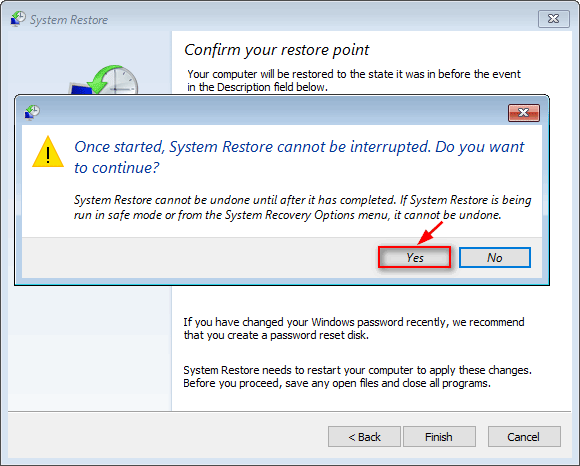
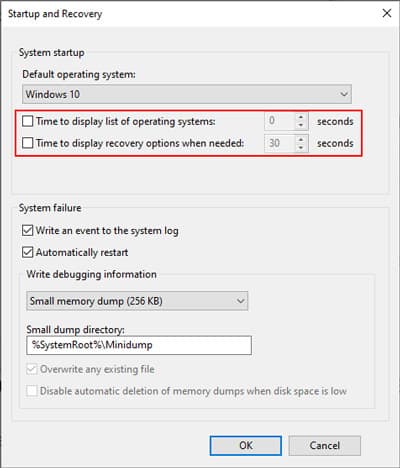
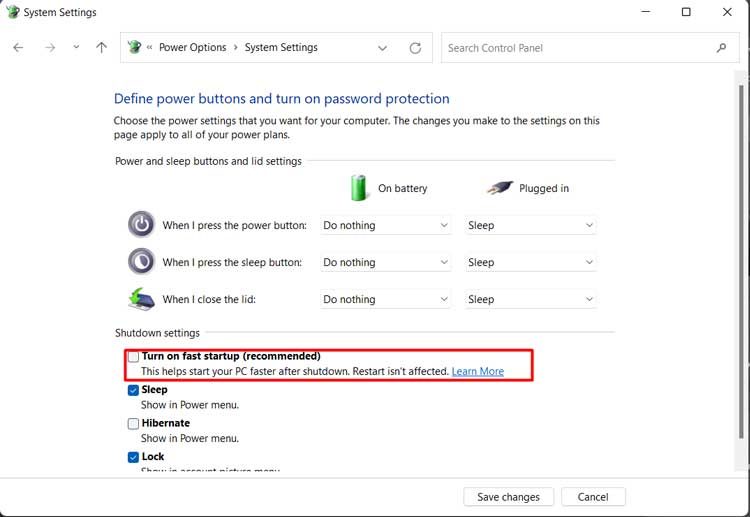
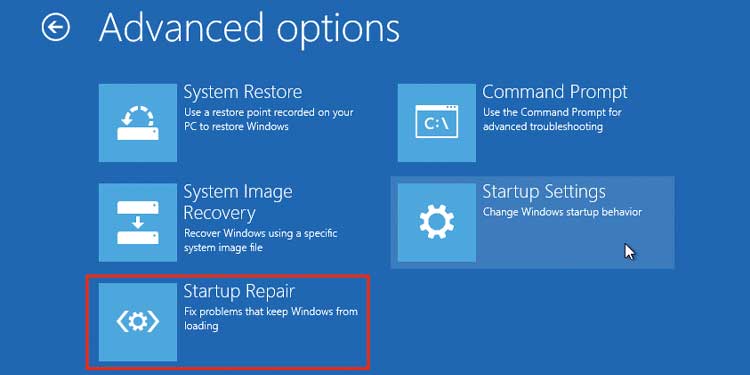
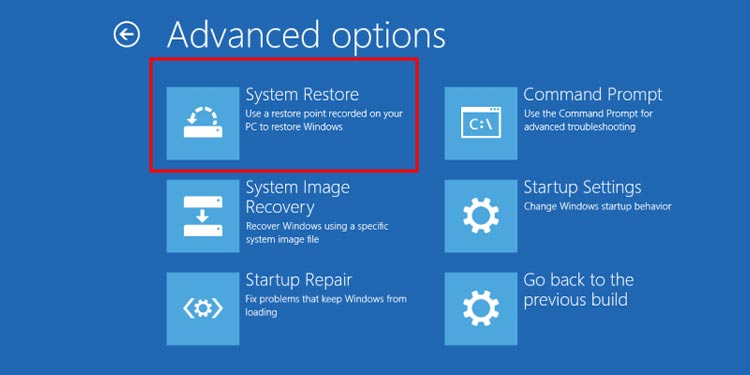
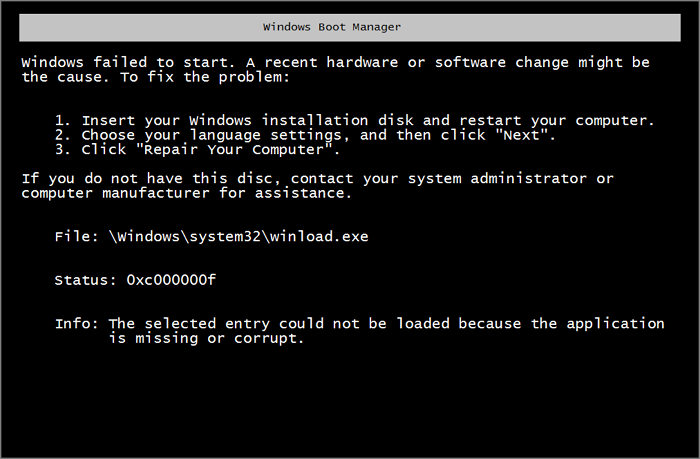
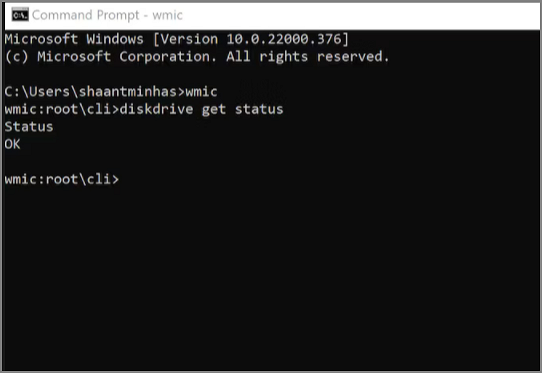
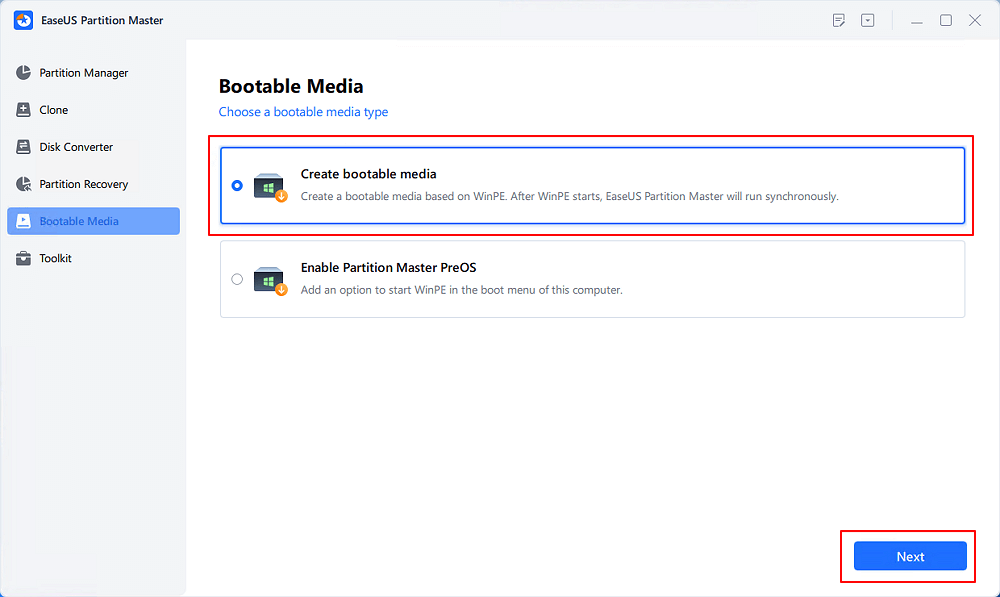
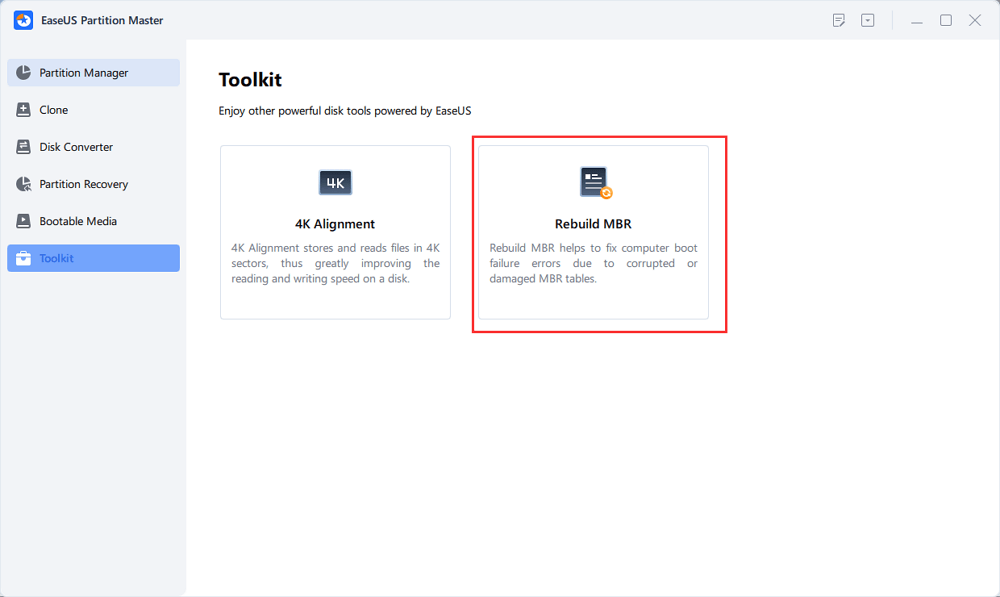
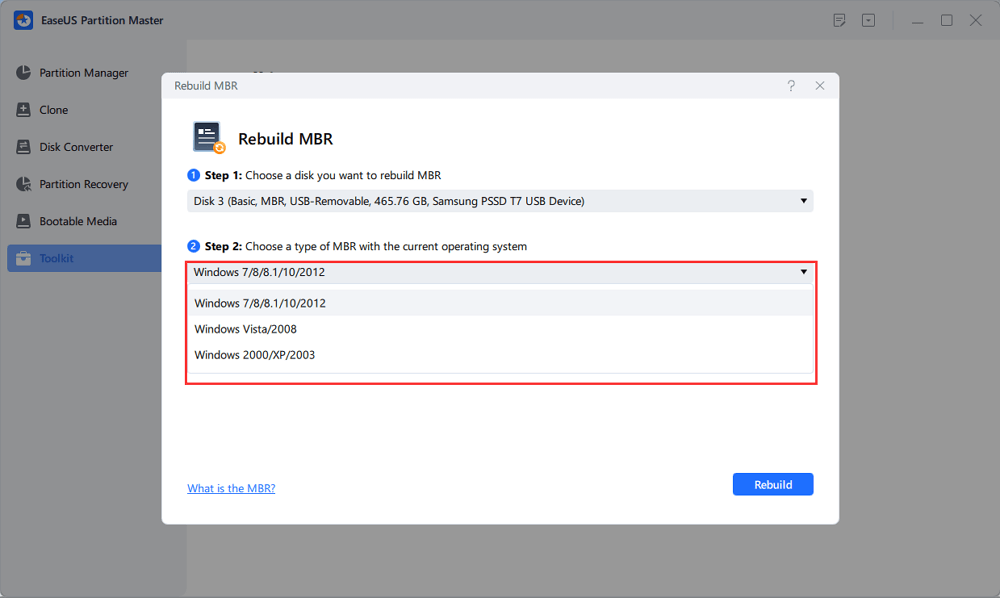
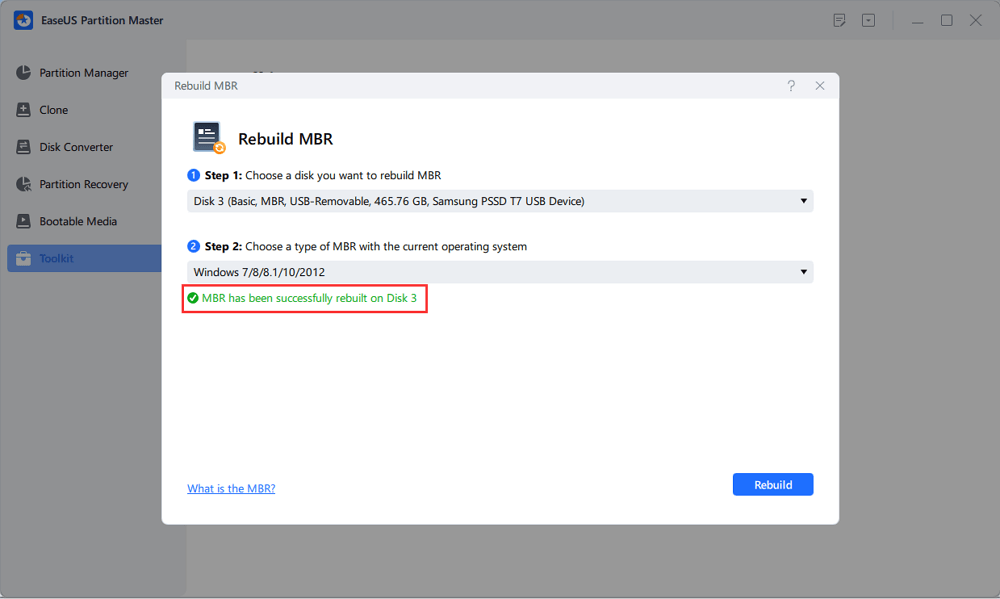
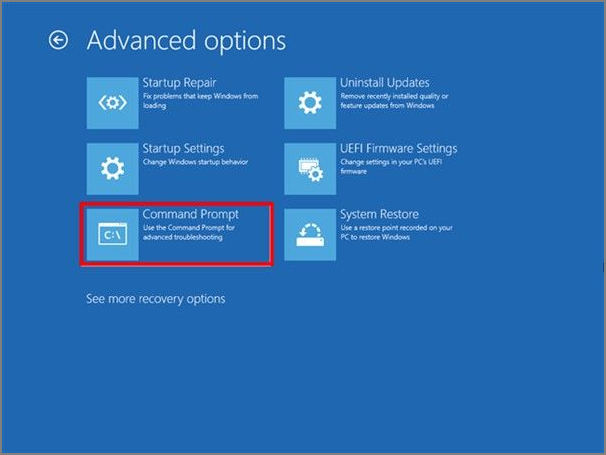
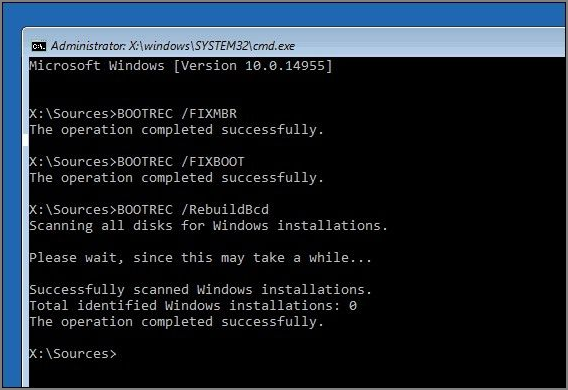
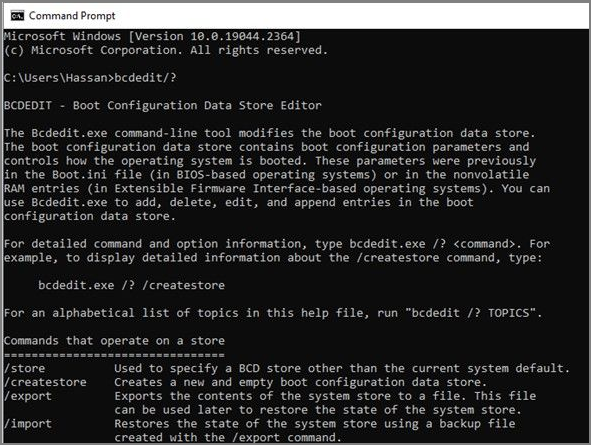
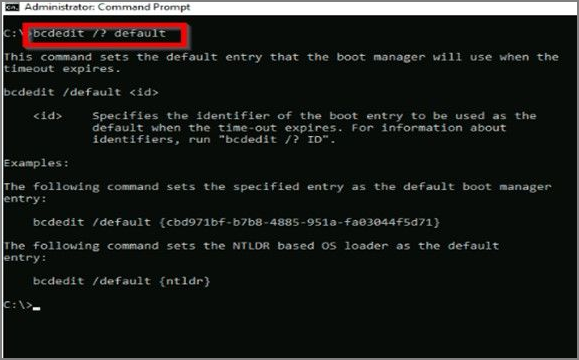
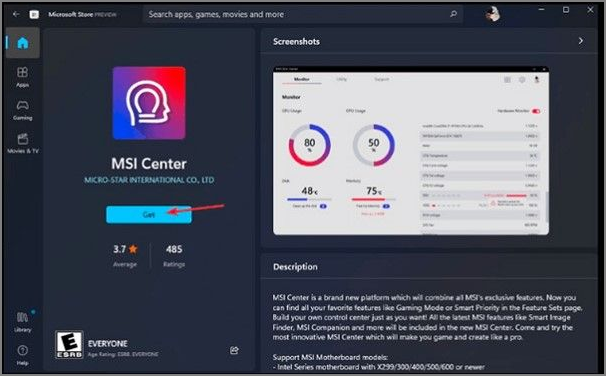
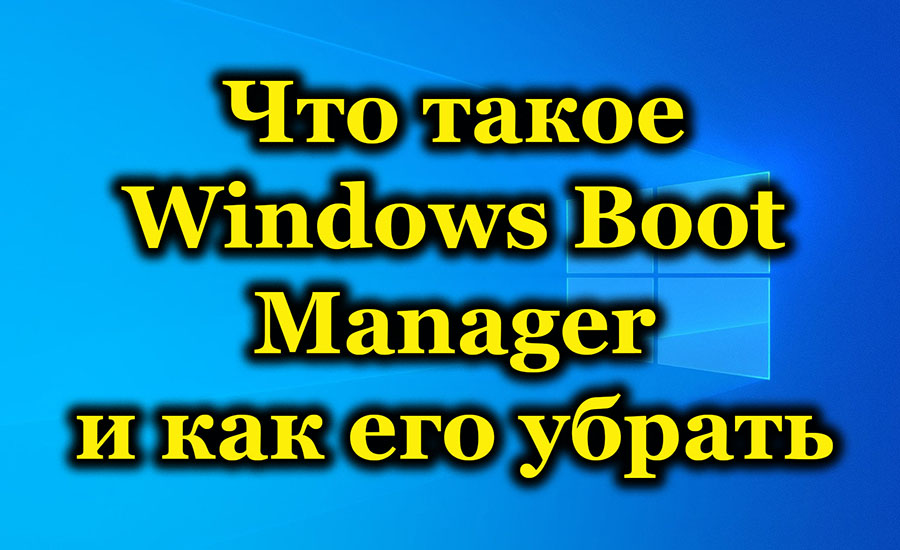
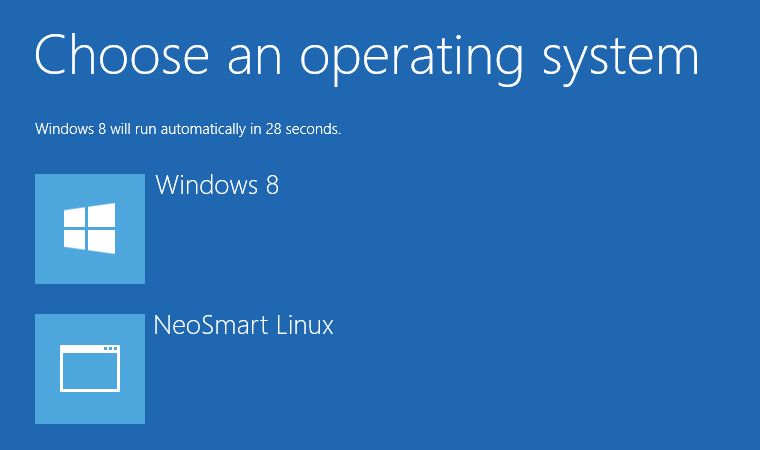
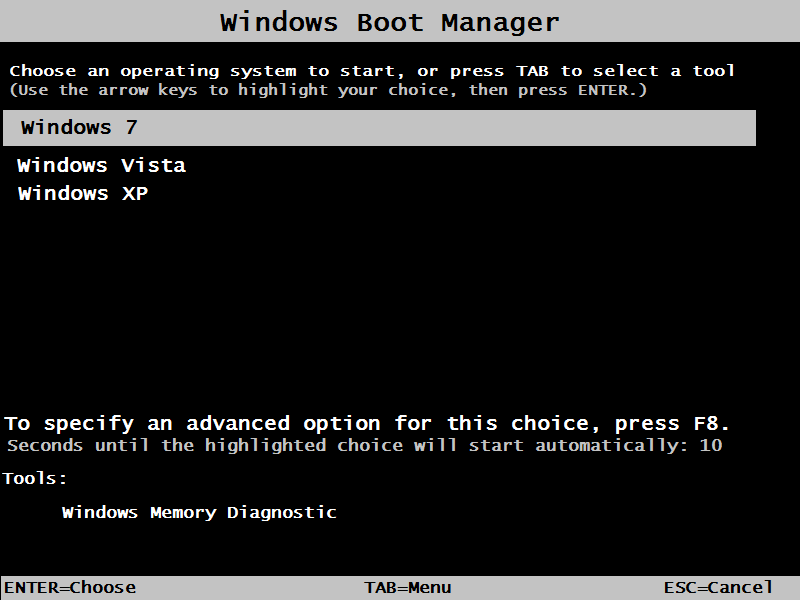
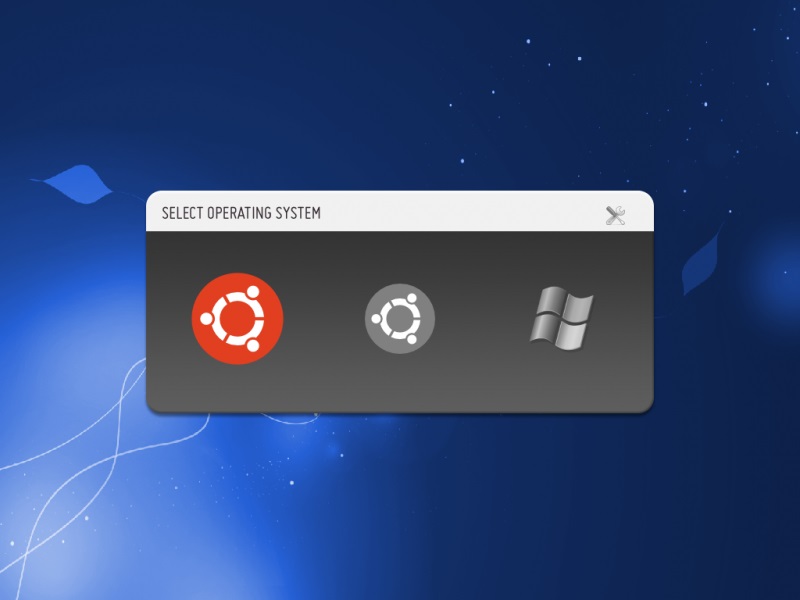
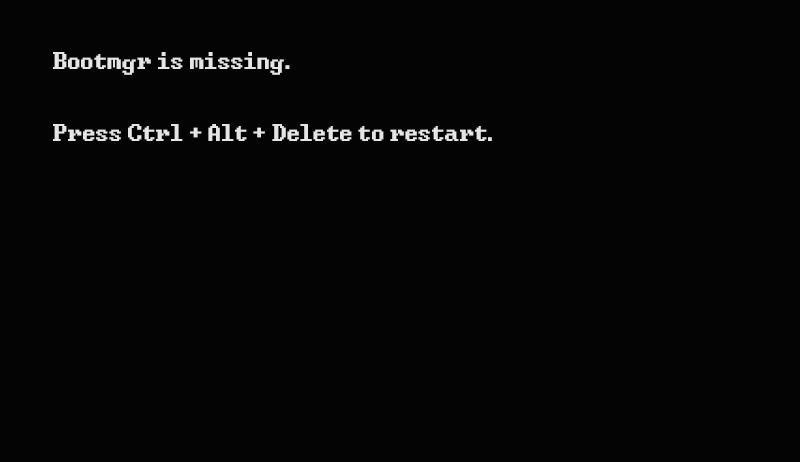
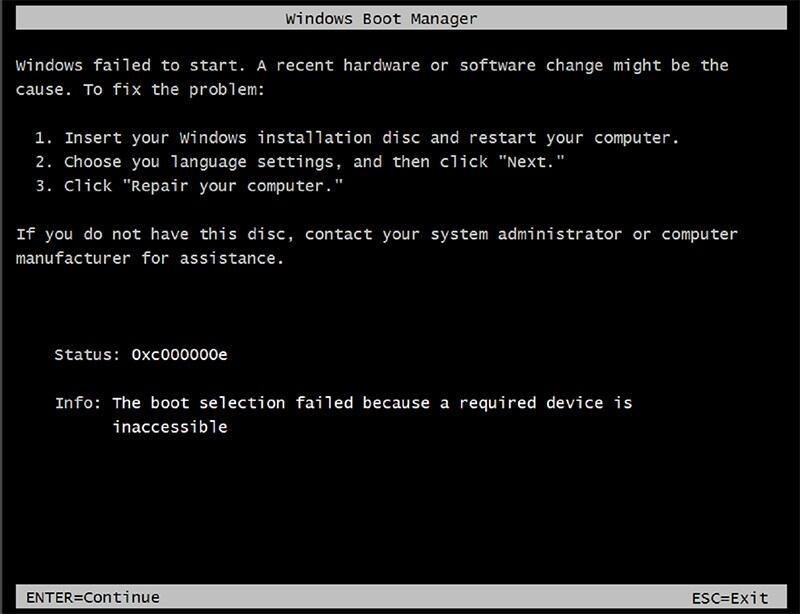
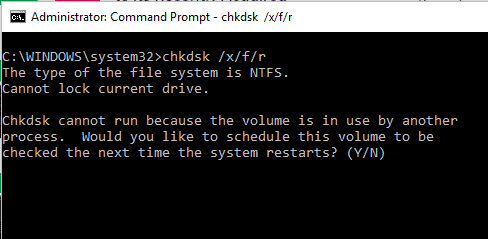
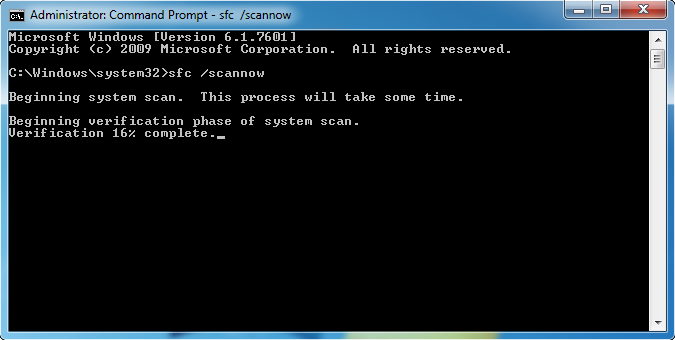
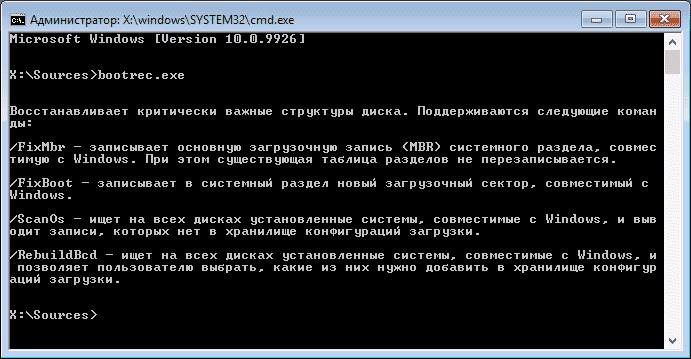
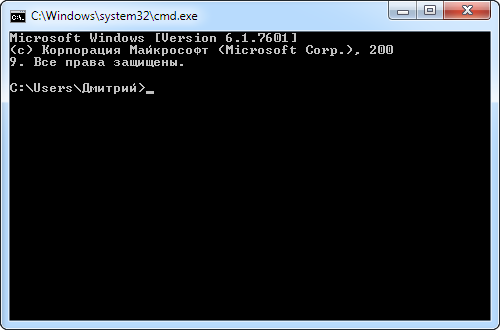



![]:->](https://cyberstatic.net/images/smilies/aq.gif)

 Сообщение было отмечено findr как решение
Сообщение было отмечено findr как решение
 В меню выбора появился Windows Boot Manager и GRUB. Если выбрать GRUB, то появляется ошибка:
В меню выбора появился Windows Boot Manager и GRUB. Если выбрать GRUB, то появляется ошибка: